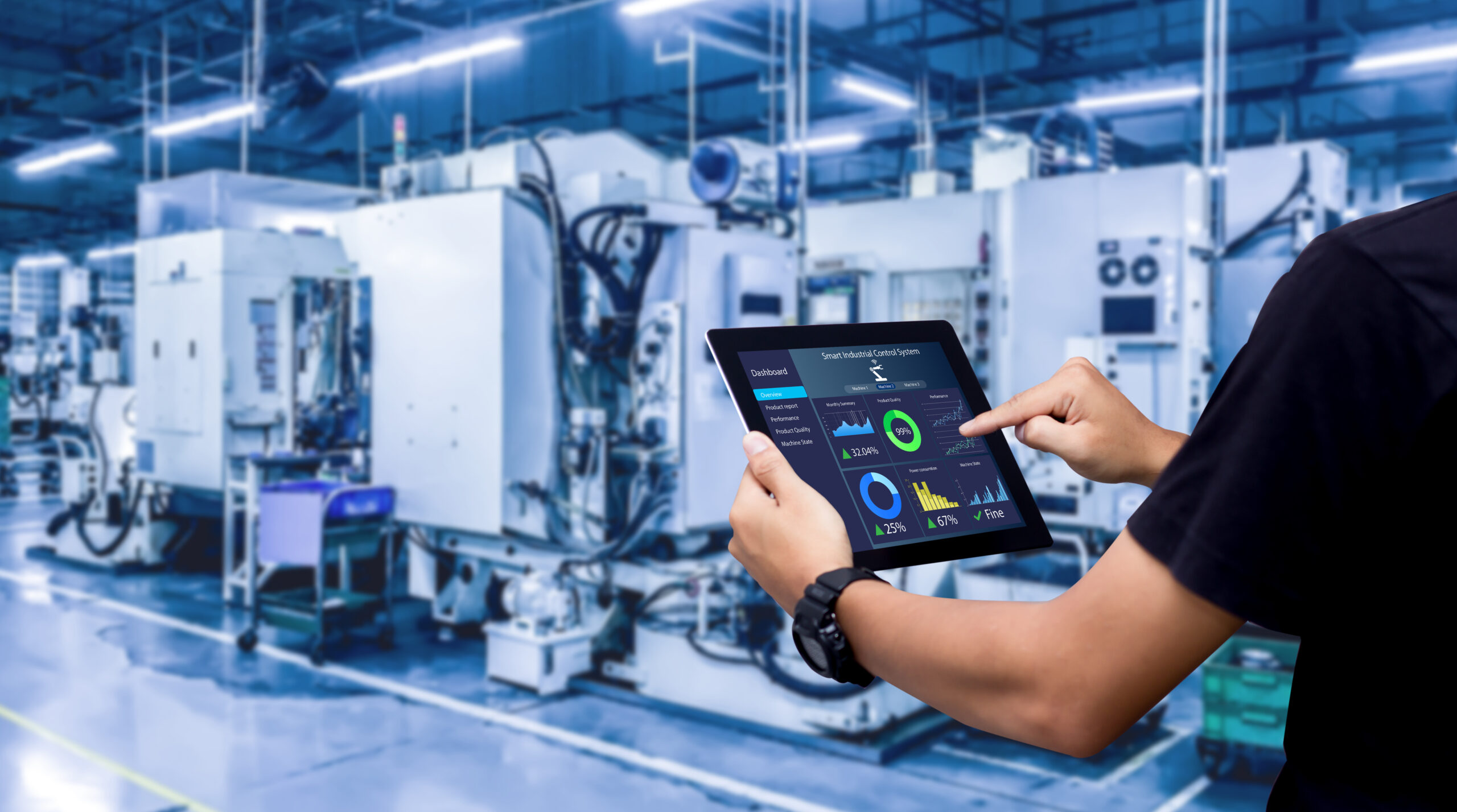The automotive industry stands proudly as one of the main pillars of the Indian economy, playing a pivotal role in driving growth and fostering innovation. With robust backward and forward linkages, it serves as a key driver for various sectors, contributing a substantial 7.1% to the national GDP and nearly 50% to the manufacturing GDP. Moreover, this dynamic industry provides direct and indirect employment opportunities to over 37 million people, making it a vital source of livelihood for countless individuals.
While the industry is yet to regain its pre-Covid momentum from 2019, it continues to hold an eminent global position. India proudly ranks as the largest tractor manufacturer, the second largest producer of two and three-wheelers, the sixth largest passenger vehicle manufacturer, and the seventh largest commercial vehicle manufacturer worldwide. Furthermore, the market shows promising signs of growth, with an anticipated Compound Annual Growth Rate (CAGR) of approximately 10.5% over the next three years, projected to reach an impressive value of INR 2.5 million crore by 2026. The potential for further expansion is immense, particularly considering that India’s car penetration stands at a mere 25 units per 1000 people, significantly lower than the 600-700 units in developed countries.
Several factors contribute to the industry’s remarkable growth trajectory. Rising middle-class incomes and a burgeoning youth population have led to shifting consumer preferences, with a noticeable inclination towards larger and more powerful vehicles across all segments. While India has traditionally been a small car market dominated by hatchbacks, the past decade has witnessed a remarkable growth rate of 15% CAGR in the sales of utility vehicles (UVs) within the passenger vehicle (PV) category. Notably, in FY22, UVs accounted for an impressive 44% of total PV sales, marking a substantial increase from the 20% recorded in FY11. Additionally, medium and heavy commercial vehicles (M&HCVs) have experienced a notable upsurge, representing 33% of sales in FY22, as compared to 28% in FY21.
The industry’s growth is further propelled by proactive government initiatives and schemes aimed at enhancing productive capacity, attracting private investment, and bolstering aggregate demand. One transformative initiative that has emerged as a game-changer is the Production Linked Incentive (PLI) Scheme for the Automotive Sector. Launched in 2022 with a budgetary outlay of Rs. 25,938 crores, this scheme actively promotes the Make in India initiative, to promote domestic manufacturing of advanced automotive technology products and attract investments in the automotive manufacturing value chain. Notably, this scheme also encompasses electric vehicles, aligning with the government’s ambitious targets for EV penetration. By 2030, the aim is to achieve 30% EV penetration in private cars, 70% in commercial vehicles, and an impressive 80% in two and three-wheelers.
To support the transition to electric vehicles, the Indian government has implemented a range of supportive schemes. The Faster Adoption and Manufacturing of Electric Vehicles (FAME II) plan, launched in April 2019 with a substantial budget of Rs 10,000 crore, aims to facilitate the widespread adoption of electric vehicles across various categories. The plan encompasses support for 500,000 e-three-wheelers, 7,000 e-buses, 55,000 e-passenger vehicles, and a staggering one million e-two-wheelers. Moreover, in the budget for FY 2022-23, the government extended the FAME-II plan until March 31, 2024, demonstrating its unwavering commitment to the electric mobility revolution.
Furthermore, the government has implemented measures to reduce customs duties on electric vehicles and motor parts. Notably, customs charges on nickel ore and concentrates have been lowered from 5% to 0%, nickel oxide from 10% to 0%, and ferro nickel from 15% to 2.5%. These reductions hold significant implications, as Nickel Manganese Cobalt (NMC) serves as an essential component of lithium-ion batteries utilized in electric vehicles (EVs).
Additionally, the plan to decrease customs duty on motor parts from 10% to 7.5% is poised to contribute to a reduction in the overall cost of EVs, fostering greater accessibility and adoption.
In the ever-evolving landscape of the automotive industry, businesses face a myriad of challenges that can impact their profitability and growth. Rising prices of essential commodities, a hike in the total cost of ownership (TCO) for two-wheelers, the demand for alternative fuel vehicles, and the complexities of managing a large number of components are just a few examples. However, with our expertise and comprehensive solutions, we can assist automotive companies in navigating these challenges and achieving next-level performance in the market.
One of the significant challenges in the industry is the escalation of commodity prices such as steel, nonferrous metals, precious metals, rubber, and petroleum products. These increases, often influenced by geopolitical conflicts, have the potential to impact the overall cost structure of businesses. We understand the importance of striking the right balance between inventory holding and procuring at higher costs. Our team can provide valuable insights and assist in making informed decisions that optimize inventory management while effectively managing costs.
The two-wheeler segment has witnessed a sharper rise in the total cost of ownership compared to passenger vehicles. Over the period between FY 2018 and 2023, the TCO for two-wheelers rose by 36%, while it increased by 26% for passenger vehicles. We recognize the significance of implementing the right pricing strategy to maintain a delicate equilibrium between cost and margin, ensuring competitive pricing without compromising profitability. Our experts can provide valuable guidance and support in developing pricing strategies tailored to your business, enabling you to thrive in this dynamic market.
The automotive industry in India has experienced a significant shift with the implementation of the Bharat VI initiative and other government regulations aimed at curbing pollution. This has led to a surge in demand for alternative fuel vehicles, with CNG vehicles experiencing double-digit sales growth of 46% in FY2023 compared to FY2022. However, transitioning from diesel vehicle production to CNG poses a challenge for both commercial and passenger vehicle manufacturers. Our team can lend their expertise and assist in planning a smooth capacity transition, minimizing the impact on sales. By leveraging our industry insights and experience, you can effectively navigate this transition and capitalize on the growing demand for alternative fuel vehicles.
As the industry expands with more models and variants, managing the proliferation of components becomes a critical task. The high number of components necessitates meticulous planning, efficient parts warehousing, a streamlined line feed system to the assembly line, and optimized intra-plant logistics. Our services encompass comprehensive inventory planning, process design for warehouse management, line feed optimization, and traffic movement planning.
We have worked closely with leading automotive manufacturers, including India’s top two and three-wheeler manufacturers, three of the top five passenger vehicle manufacturers, and three leading commercial vehicle manufacturers, assisting them in addressing these challenges effectively.
By partnering with us, you gain access to a team of experts with deep industry knowledge and a proven track record of delivering results. We can help enhance your business’s resilience, develop strategies for sustainable growth, and ensure optimal performance in the ever-changing automotive market. Together, we will navigate the challenges, capitalize on emerging opportunities, and drive your business towards a future of success and profitability.





